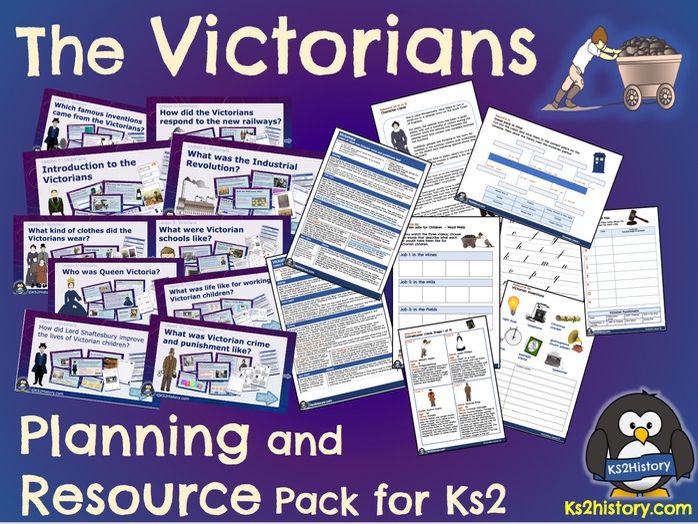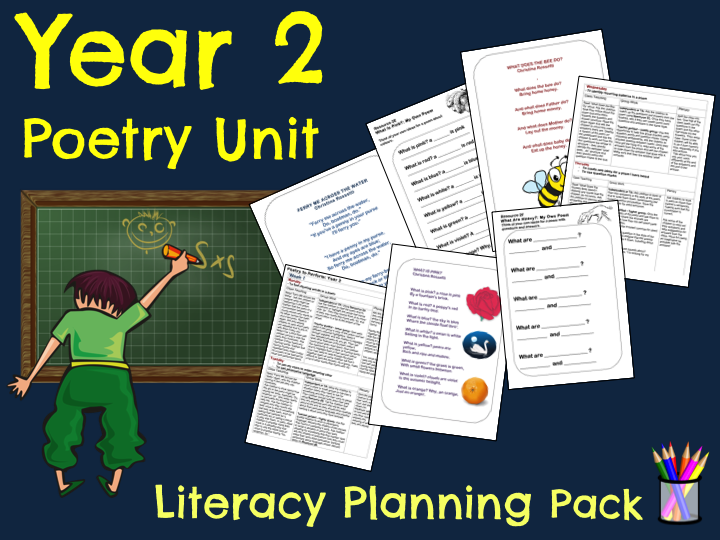KS2History
Planning and resources for primary teachers from http://www.ks2history.com. Our history topics include Stone Age to Iron Age, Romans, Anglo-Saxons, Victorians, Shang Dynasty etc and the list is expanding each month, with literacy units to link to the topics too. Our popular resources have been tried and tested in hundreds of classrooms.























